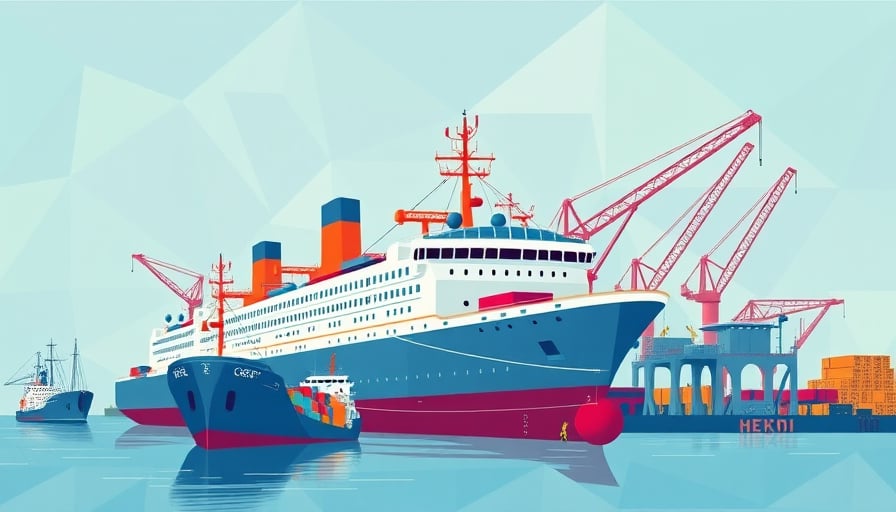Shandong Homey Aquatic Development Co Ltd: A Case of Quiet Resilience Amid a Volatile Water‑Product Boom
In a market where the water‑product sector erupted into a frenzy on 19 November 2025—fuelled by a sudden spike in investor sentiment and the diplomatic fallout between China and Japan—Shandong Homey Aquatic Development Co Ltd (SHADC) remained conspicuously silent. While peers such as Guolian Shicheng, Haodangjia, and Dahu Shares captured headlines with record‑setting 10‑to‑20 % gains, Homey’s share price ticked only marginally, settling at 3.01 CNY against a 52‑week low of 2.07 CNY and a high of 3.10 CNY. This performance, coupled with a price‑earnings ratio of 106.36, raises uncomfortable questions about the sustainability of the sector’s rally and the true value of companies that are not riding the hype train.
A Company Profile That Outlives the Headlines
Founded in 2004 and listed on the Shanghai Stock Exchange, SHADC operates a diversified portfolio of fish farms and seafood processing facilities. Its production line spans high‑value species—lefty flounder, abalone, sea cucumber, and brill—and extends into frozen foodstuffs sold under the RRYS brand. With a market capitalization of 4.4 billion CNY, the company occupies a respectable niche in China’s consumer staples sector. Yet its earnings remain fragile, reflected in a lofty P/E ratio that suggests the market expects aggressive growth that has yet to materialise.
Why the Market Ignored Homey
The 19th saw a wave of institutional and retail capital flooding into water‑product stocks, a reaction amplified by a diplomatic statement from the Chinese foreign ministry warning that Japanese seafood would have “no market” in China. The surge was not driven by fundamentals but by sentiment: the perception that Chinese consumers would suddenly turn away from imported fish, creating a domestic boom. Homey, whose operations are largely domestic and not heavily exposed to foreign imports, was therefore insulated from the speculative surge that benefited its peers.
Moreover, unlike its competitors, Homey does not boast a high‑profile marketing push or a charismatic CEO who can rally investor enthusiasm. Its communications strategy is minimal—its website is functional but unremarkable, and the company’s investor relations channel appears to be underutilised. In a market that rewards visibility as much as performance, this lack of proactive engagement may have contributed to the muted response.
A Warning Sign for Investors
The disparity between the explosive rally of other water‑product stocks and Homey’s flat trajectory underscores the fragility of the sector’s current bubble. If the market’s enthusiasm wanes—perhaps due to a shift in consumer preferences or a rebound in Japanese exports—the prices of the high‑flying names could collapse, leaving companies with weak fundamentals vulnerable. Investors should therefore scrutinise not only the headline‑grabbing growth figures but also the underlying business models and risk profiles.
In this context, Homey’s steadiness is neither a triumph nor a failure; it is a stark reminder that value can be invisible in a sea of hype. The company’s future will hinge on its ability to translate its diversified product range into consistent earnings growth, rather than relying on external sentiment. For those willing to look beyond the glitter of speculative gains, Homey presents a more measured, albeit risk‑laden, investment proposition.




